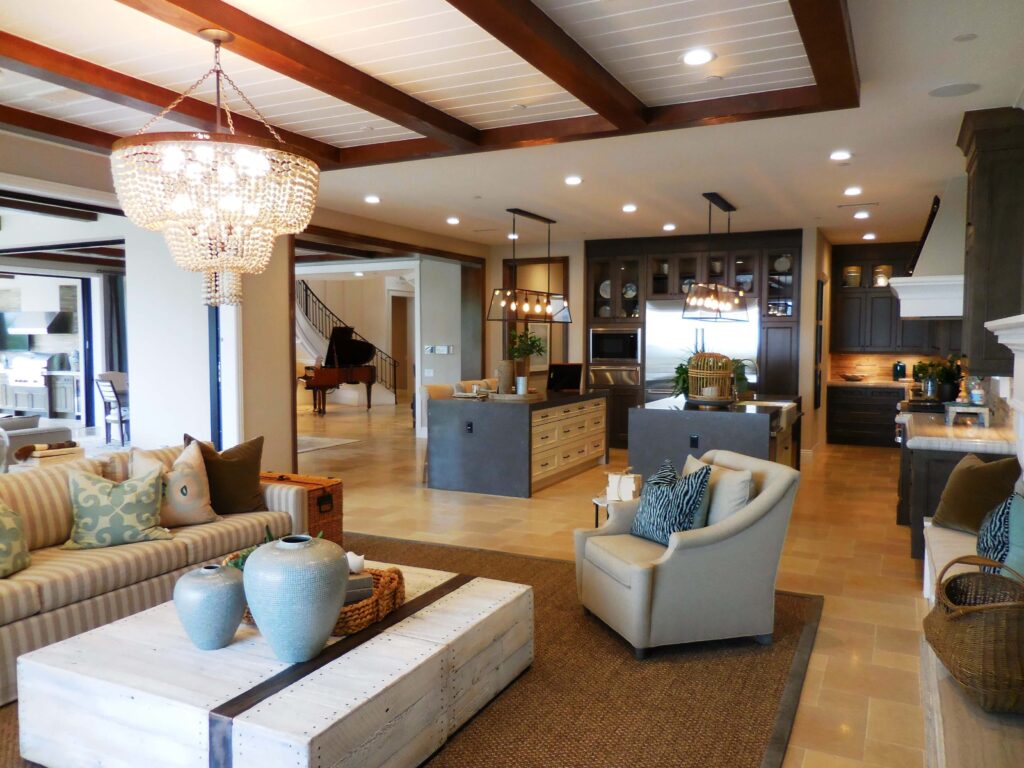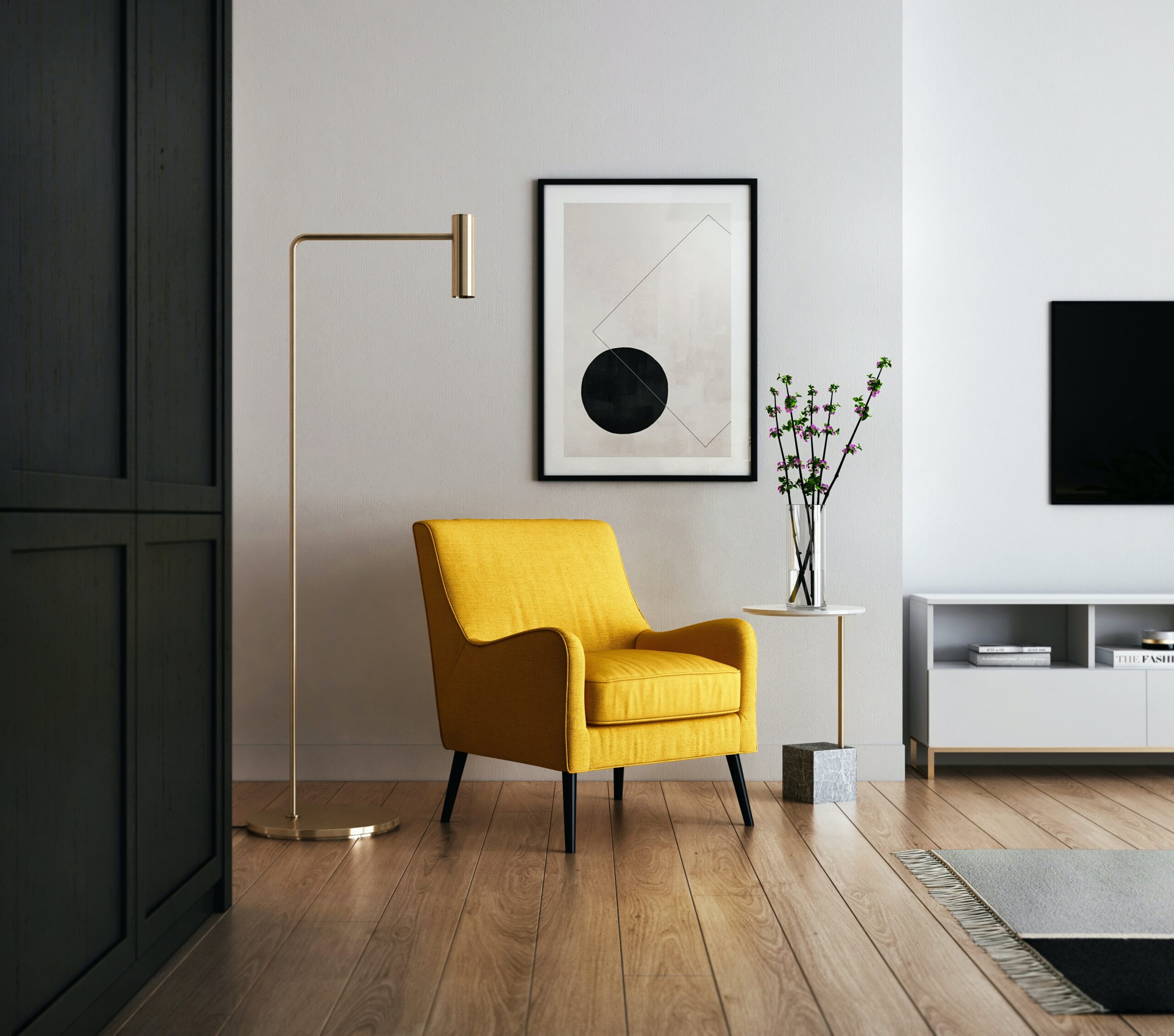The best costing method for interior design depends on the specific circumstances of the project and the preferences of the client and designer. Different designers and clients may find certain methods more suitable for their needs. Here are some common costing methods used in interior design:
- Hourly Rate:
- How it works: Designers charge clients based on the number of hours spent on the project.
- Pros: Transparent and easy to understand. Suitable for smaller projects or those with variable scope.
- Cons: Clients may feel uncertain about the final cost, and the designer’s efficiency can impact the overall expense.
- Flat Fee/ Fixed Fee:
- How it works: Designers charge a fixed amount for the entire project, regardless of the time spent.
- Pros: Provides cost certainty for the client. Encourages efficiency on the part of the designer.
- Cons: The designer needs to carefully estimate the project scope to avoid underestimating the time and effort required.
- Percentage of Project Cost:
- How it works: Designers charge a percentage of the total project cost, including materials and furnishings.
- Pros: Aligns the designer’s fee with the project’s scale and budget. Encourages transparency.
- Cons: Can result in higher fees for luxury or high-budget projects.
- Cost-Plus (Markup):
- How it works: Designers charge for the cost of materials and furnishings plus a percentage markup for their services.
- Pros: Encourages transparency as clients see the actual costs. Suitable for projects where materials are a significant portion of the budget.
- Cons: The final cost may be uncertain until all purchases are made.
- Value-Based:
- How it works: The designer’s fee is based on the perceived value of their services to the client.
- Pros: Rewards designers for delivering high value. May align better with the client’s perceived benefit.
- Cons: Subjective and requires clear communication about the value provided.
- Hybrid/Custom Approach:
- How it works: A combination of different methods based on the project’s complexity and client preferences.
- Pros: Offers flexibility and can be tailored to the unique aspects of each project.
- Cons: Requires careful negotiation and agreement on the terms.
The best method often depends on factors such as the project’s scope, the level of customization, the client’s preferences, and the designer’s business model. Some designers may prefer one method over another, while others may use a combination based on the project’s characteristics. Clear communication between the designer and client is crucial to ensure a shared understanding of the chosen costing method and expectations for the project.

